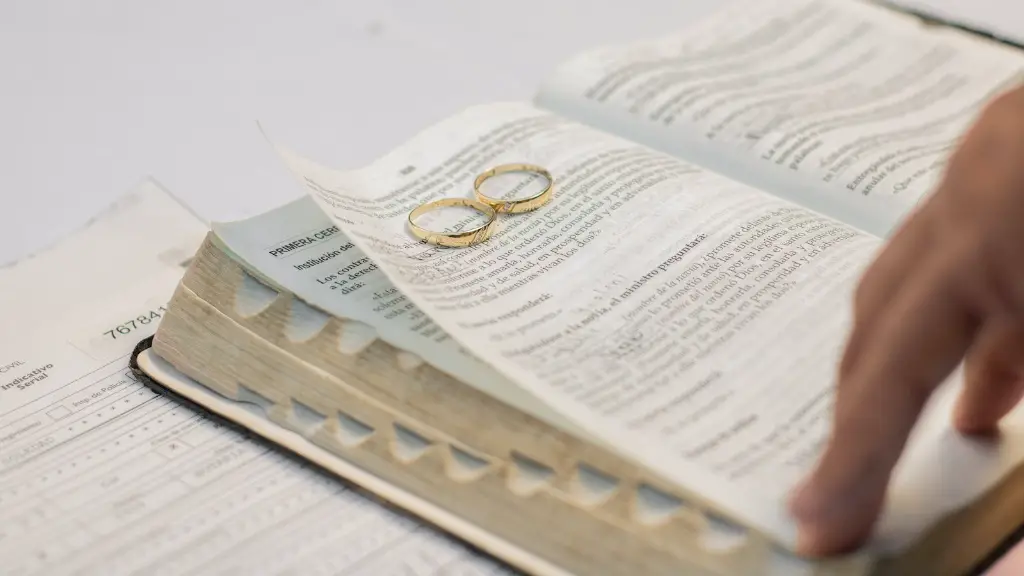In the Bible, burning incense is often associated with prayer and worship. In the book of Exodus, God tells Moses to make an altar of incense and to burn incense on it every morning and evening. In the book of Revelation, the apostle John sees the prayers of the saints being represented by smoke rising from an altar of incense.
Burning incense is a way of symbolically offering up our prayers to God. It is a reminder that God is present with us, and that our prayers are important to him. When we burn incense, we are reminded to pray for all people, for our world, and for our own needs and concerns.
The Bible generally speaks favorably of the burning of incense. In the Old Testament, incense was closely associated with prayer and worship in the temple. For example, Psalm 141:2 says, “Let my prayer be set forth as incense before thee, the lifting up of my hands as the evening sacrifice.” In the New Testament, we see that the practice of burning incense continued in the early church. In the book of Revelation, for instance, we read of the “incense” that “was offered with the prayers of all the saints” (Revelation 8:3-4).
So, while the Bible doesn’t give us a specific command to burn incense, it does seem to approve of the practice. As with anything else, however, we should make sure that our motives are pure and that we are not using incense (or anything else) in a way that would distract us from worshiping God.
What is the biblical meaning of burning incense?
In Christianity, offered prayer is when someone prays to God on behalf of another person. This is typically done when that person is going through a difficult time, or when they are unable to pray for themselves.
Offered prayer is an important part of the Christian faith, and it is something that we are called to do for one another. It is a way of showing our love and support for one another, and it is a way of bringing us all closer to God.
Incense has long been associated with religious ceremonies and worship. In ancient times, it was used in both pagan and Christian rituals. Today, it is still used in many Christian churches, particularly in the Roman Catholic and Orthodox traditions.
Incense is thought to purify the air and symbolize the prayers of the faithful rising to heaven. It is often used during important ceremonies, such as the Eucharist or Baptism. For many Christians, the scent of incense is evocative of the presence of God.
Which scriptures talk about burning of incense
The priest would gather the spices for the incense and then grind them into a fine powder. The powder was then placed on the altar in a dish called the “censer.” Every morning, when the priest dressed the lamps, he would also offer incense on the altar.
Incense has a long history of use in religious ceremonies and is still used in many churches today. It is symbolic of sanctification and purification and also symbolizes the prayers of the faithful. The smoke of incense is an outward sign of spiritual realities, which is why it has its place in Christian liturgy.
What type of incense is used in the Bible?
Incense was an important part of ancient Israelite worship. It was used in the tabernacle and temple, and was a key part of many religious ceremonies. The ingredients for incense are detailed in Exodus 30:34, where Moses is tasked with making incense. The incense was made from a mixture of fragrant spices, including gum resin, onycha, galbanum, and pure frankincense. All of these ingredients were used in equal amounts.
In the 4th century ad, the early Christian church began to use incense in eucharistic ceremonial. In the West, its use was more restrained than in the East. Incense came to symbolize the ascent of the prayers of the faithful and the merits of the saints.
What churches use incense?
The practice of burning incense in church is a long and venerable one. In the east, all the Orthodox churches use incense at most of their services. In the west, the Roman Catholic Church also makes use of incense, especially at key moments in the liturgy. The Church of England also has a history of using incense, although it fell out of general use in the mid-17th century.
There are a number of reasons why incense is used in church. Firstly, it is a powerful symbol of prayer rising up to God. It also has a cleansing and purifying effect, helping to create a sacred space in which to worship. And finally, the sweet smell of incense is simply enjoyable and creates a sense of beauty and mystery in the liturgy.
There is something about the scent of incense that just feels like spirituality. When we burn incense, we are deepening our attention and focusing our spiritual energies. The aroma of incense can help us tap into our spiritual connections and calm our minds, cleansing the space for inner and outer journeys.
Why do we pray with incense
Incense is an important part of liturgy because it is used to symbolize purification and sanctification. When we incense people and things, we are asking for God’s blessing and protection. The smoke from the incense is a reminder that our prayers are being lifted up to God.
The Magi, also known as the Three Wise Men, saw the star from afar and traveled to worship the Christ Child. They brought him gifts of gold, frankincense and myrrh – each of which tells us something about Jesus’ identity.
Gold is a precious metal that has been associated with royalty throughout history. Giving gold to Jesus was a way of acknowledging His status as a King.
Frankincense is a fragrant resin that was used in religious ceremonies in the ancient world. It was a way of showing respect to Jesus as someone who was worthy of worship.
Myrrh is a bitter-tasting resin that was used in the embalming of corpses. It was given to Jesus as a way of foreshadowing His death.
What is the religious use of incense?
Using incense is a way to show honor to Holy things and people. It is used primarily as a way to show the importance of the symbols in the liturgy, such as the gospel book, the altar, the bread and wine, the ministers, and the assembly. By using incense, we are able to show our respect and reverence for these things and people, which are essential to our worship.
Incense was used in ancient Israel for religious purposes. It was used in the worship of God and was also used in ceremonies and rituals. Incense was a sign of respect and honor for God and was also used to purify the air.
How many incense sticks to burn for God
The number of incense sticks required for different occasions varies according to Thai beliefs. For example, it is believed that 5 or 7 incense sticks are required for paying respect to ancestors, while 9 incense sticks are required for San Phra Phum (the Thai spirit house).
The morning can be an ideal time to burn incense for its peaceful and calming atmosphere. Whether you’re looking to start your day with a fresh perspective or simply enjoy the relaxing aroma of incense, the morning can be the perfect time to light up a stick or two.
Do all Catholic churches use incense?
TheParser is correct that the use of incense is optional for most Masses. Many priests choose not to use incense at Mass because they feel that it is not necessary. However, the use of incense can be a way to purify the coffin at funerals, to bless statues and images, and to remind the people of the parish of the uses and meaning of incense in worship.
The centuries-old tradition of burning natural incense and streaming the fragrant smoke at dusk and dawn is a sacred evening ritual. Once ignited, the resins dissipate into the air, filling the space with a familiar, purifying aroma. The smell of the incense is said to purify the mind and spirit, and the act of streaming the smoke is said to release negativity and bring about positive energy.
What does burning incense everyday do
Incense has been used in many cultures for centuries, but its effects on health are only now being understood. The smoke from incense has been linked to increased risk of heart disease, particularly in people who are exposed to it on a regular basis. This may be due to the smoke’s effects on metabolism, but more research is needed to confirm this. In the meantime, it’s best to be cautious and avoid exposure to incense smoke whenever possible.
Uzziah was a king who was struck with leprosy. He was driven from the Temple and had to live in a separate house. This must have been a difficult time for him, but he persevered until his death.
Final Words
The Bible does not say anything specific about burning incense, but it does mention it in a few places. In the book of Exodus, God tells Moses to make an altar of incense and to put it in the tabernacle. In the book of Revelation, John sees the angel of the Lord standing in the Holy Place, with a golden censer, and much incense is being burned.
So while the Bible does not give any explicit instructions about burning incense, it does mention it in a positive light. Incense was evidently used in worship in Biblical times, and it can be a part of our worship today as well.
The Bible has a lot to say about burning incense. In the Old Testament, God instructed Moses to build a special altar for burning incense. Incense was also used in the Temple of Solomon. In the New Testament, we read about how the wise men brought incense as a gift to Jesus. And in the book of Revelation, we see that incense is used in heaven. So, from the Bible, we learn that burning incense is a special way to worship God.





